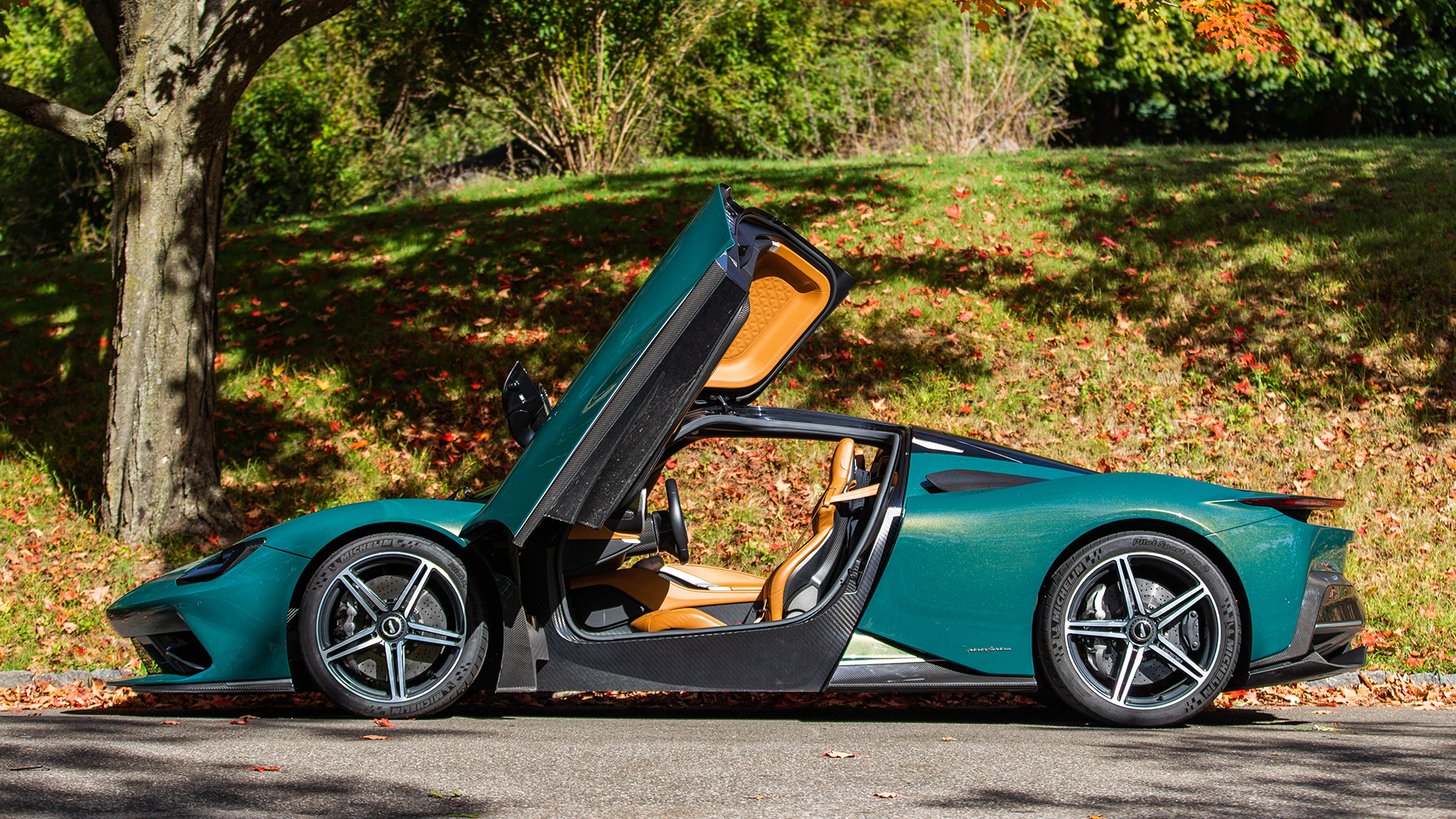

Every single modern production car that you see driving around our roads has passed our federal crash test and safety standards. It’s everything from the humble Honda Civic to the multi-million dollar 2022 Pininfarina Battista electric hypercar. The capabilities and hardware of such a vehicle might seem like space-age stuff, but the underlying narrative of keeping people safe remains the same.
When the Pininfarina team came up with the idea for the Battista, it didn’t want the car to be just another road-illegal, track-day-only toy like the Ferrari FXX K Evo, Aston Martin Vulcan, and Bugatti Bolide. It wanted people to actually drive the car, to use it as the GT car that it was designed to be. “We wanted to give the option to the customer to have the experience of the icon GT car without the restriction,” Pierluigi Paciarelli, Director of Complete Vehicle at Pininfarina, told me recently in an interview. The United States is currently the Battista’s biggest market; therefore, the car is completely Federal Motor Vehicle Safety Standards—or FMVSS—certified. It had to be.






The Battista was put through six phases of passive safety testing, according to a company spokesperson. The process began with CAD data-based concepts, which then lead to full-scale virtual tests. After, the team performed biomechanics virtual tests with crash-test dummies and components tests with actual car parts. Then there were sled tests with more dummies. Finally, there were full-car crash tests. Pininfarina didn’t have any video footage to share, but one imagines the process to look similar to those Insurance Institute for Highway Safety crash test videos, or the ones Rimac published of it crash-testing the Nevera.

A Pininfarina spokesperson said that the cars the team crash-tested were fully production-spec—that is, with complete interiors and fully painted. They needed to know exactly how the car would respond in the event of a collision, so that meant sacrificing a few models.
To be clear, they weren’t the kinds of development prototypes we’ve seen from Rimac and Koenigsegg crash-test videos. The Pininfarina spokesperson instead called them “production-intent development models.” Pininfarina declined to say how many cars it crashed (Rimac went on the record to say it crashed 10 cars), but when you consider that each Battista takes a minimum of 1,300 hours to assemble and is largely hand-built, though, it’s still a little sad to think about.
The Battista benefits from a carbon fiber monocoque chassis and a T-shaped battery back. The former helps with weight savings and structural rigidity. The latter provides good cabin space, improved weight distribution, and a lower center of gravity. Paciarelli said that the team conducted front, side, and rear impact crash tests, ranging from low to high speeds, and that there are two crash management systems in the front and rear that “enable us to smooth the overall level of acceleration intrusion that the occupant can have as a result of the crash test.”



But if you and your Battista do happen to get into a fender-bender, replacing parts isn’t a simple matter of picking something off the shelf. I mean, it’s a $2 million car, what do you expect? But despite the bumper being designed to “preserve a more precious part,” according to Paciarelli, you can always buy a spare part (or two or three) painted in the same color as your car. To have around just in case.
Got a tip? Email kristen@thedrive.com